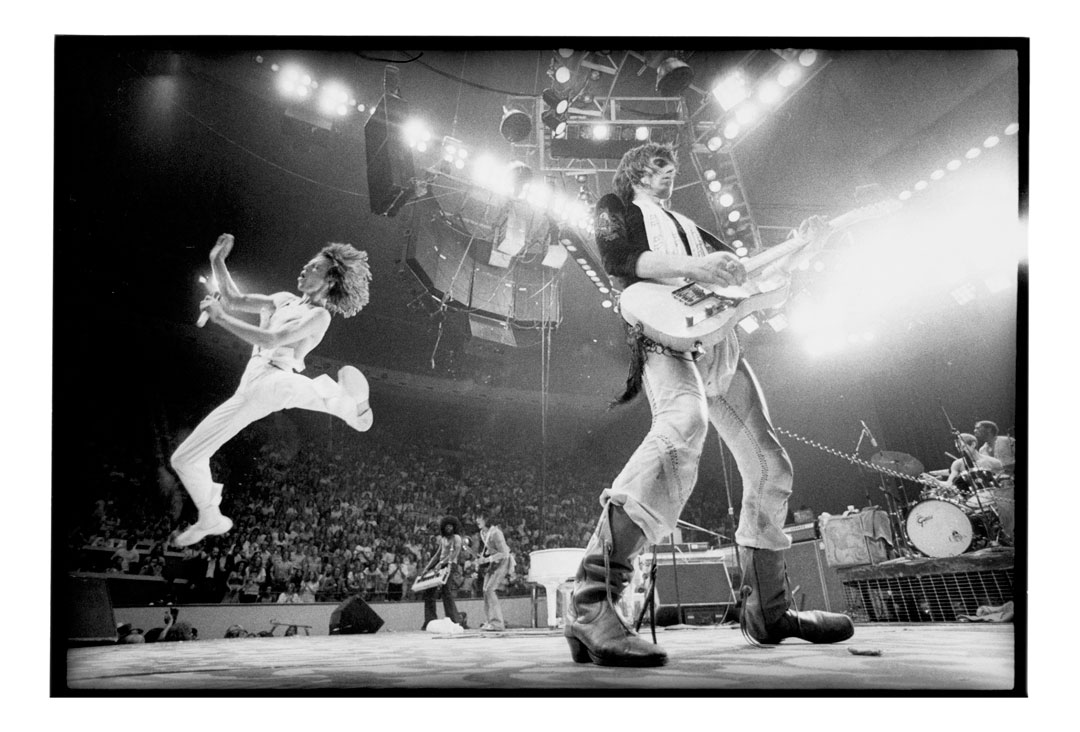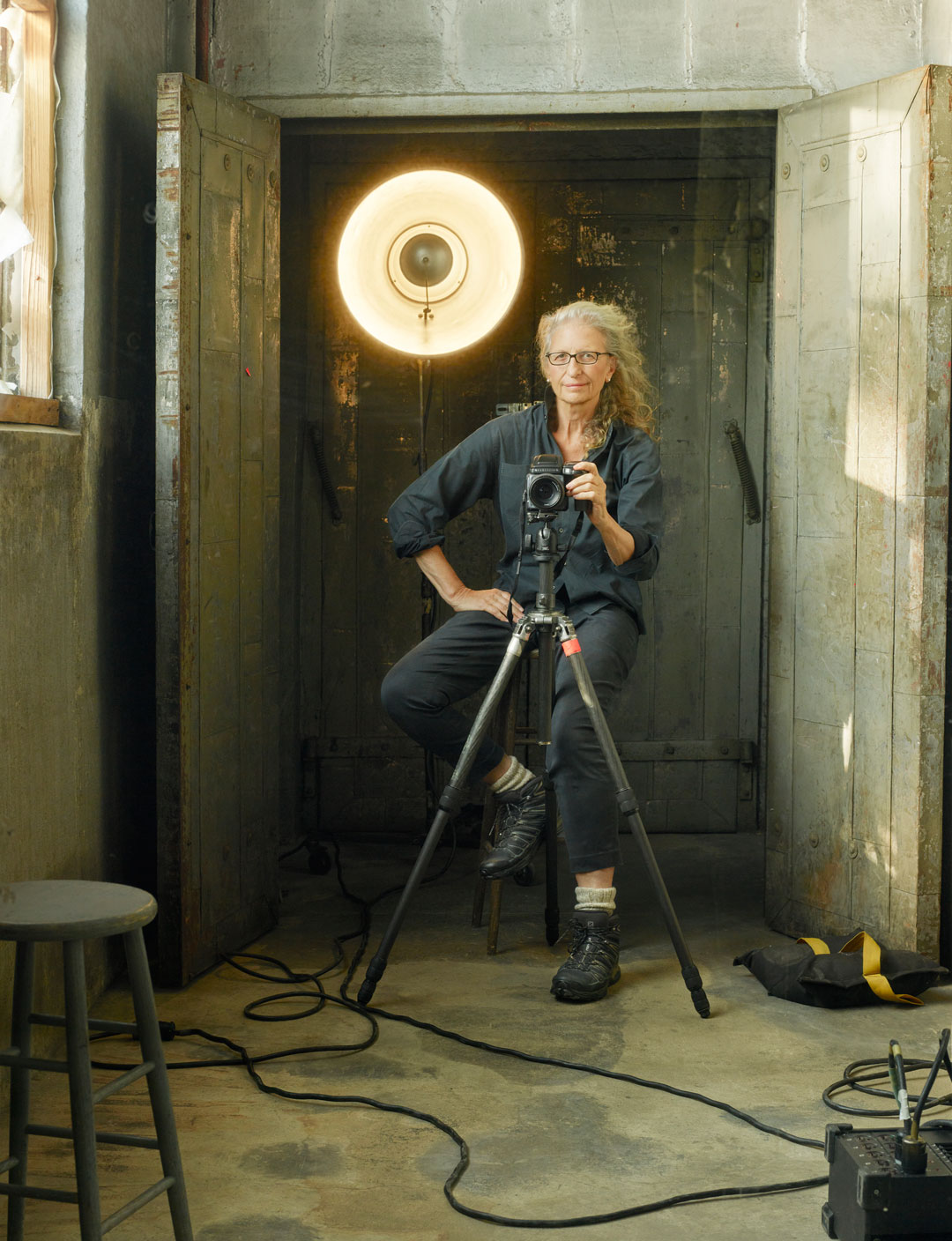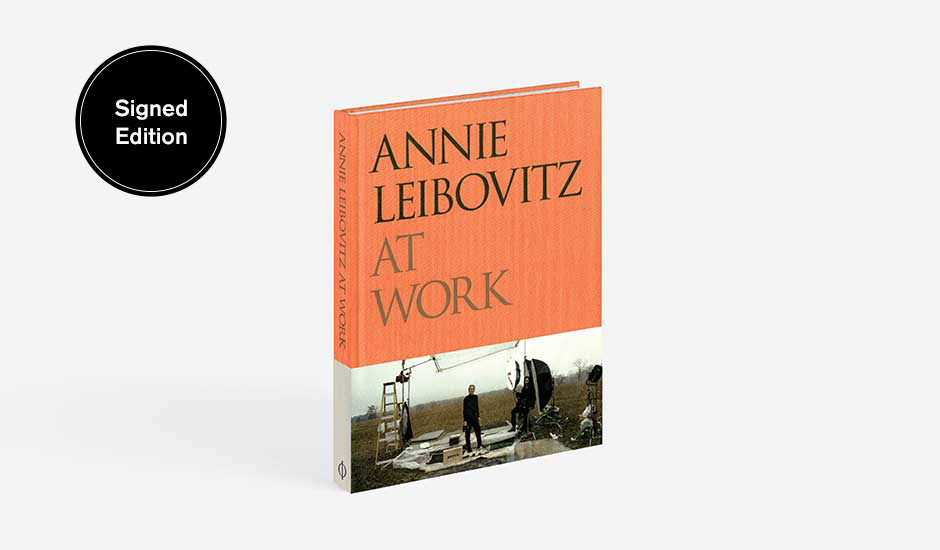
How Annie Leibovitz drew star power from the Rolling Stones
In Annie Leibovitz at Work, she explains how she picked up 'power by association' shooting their 1975 tour
The Rolling Stones weren’t Annie Leibovitz’s easiest subjects. In the early 1970s, the young photographer attempted to shoot the band in a gold Cadillac – borrowed from the movie star Tuesday Weld – only for Mick Jagger to nix the idea, after examining the automobile.
“Cars are like wine,” Annie recalls the Stones singer saying, in her new book Annie Leibovitz At Work. “There are good years and bad years.”
Nevertheless, Annie managed to shoot the Stones in a more natural setting on their 1972 tour, and some of these images must have met with Mick’s approval, as, three years later, in 1975, he invited Leibovitz to be their tour photographer.
“Mick asked me to be their Cartier-Bresson,” she recalls in her new book. “I’m not sure what he meant by that. I think he wanted me to come along because I was young and might liven things up.”

Despite having made her name in the rock world, Leibovitz recalls finding concert work difficult. “You never could take your eye from the camera and you were at the mercy of the lighting people, who were usually on drugs. Plus you had to be prepared to be crushed by the audience. At the end of the concert they would invariably rush the stage, and if you were in front you had to be ready for that.”
Two songs before the end, Leibovitz would put all but one of her cameras in her bag, secure its flaps and strap it across her chest.
Despite all this, she took the Stones’ job offer, accepting a wage of a few hundred dollars a week to create publicity pictures for the band. It was a surprisingly demanding commission. Leibovitz took a tennis racket with her when she met up with the band in at Andy Warhol’s place in Montauk, Long Island, with the aim of picking up a few tennis lessons at various cities during the tour.
“I was very naïve,” she writes. “I only managed to get a couple on the first day and that was it. I was never up during the day again. I was always part of the band.”
However, the tour was a learning experience of a kind. “The experience is extreme,” she writes. “There is the bigness of the performances and then the isolation and loneliness that follow. The band was like a group of lost boys, but their music saved them.”
Leibovitz learnt about the tensions within the band. “When they weren’t on tour they didn’t spend that much time together,” she writes. “Mick and Keith didn’t always talk to each other. Keith’s guitar was supposed to be amplified as loud as Mick’s voice. They were caught up in a romantic struggle.”
The photographer also saw, for the first time, how music is made. “I saw how it is produced organically,” she writes. “The riffs I heard in hotel rooms during the tour were the songs on the next album – Memory Motel, Fool to Cry.”

Equally importantly, Leibovitz learnt how star power worked on that tour. “About how people in an audience can lose a sense of themselves and melt into a frenzied, mindless mass,” she writes. “Mick and Keith had tremendous power both onstage and off. They would walk into a room like young gods. I found that my proximity to them lent me power also. A new kind of status. It didn’t have anything to do with my work. It was power by association.”
For more great tales from her long and successful career, as well as insider info on how she shoots such great photographs, order a copy of Annie Leibovitz At Work here.